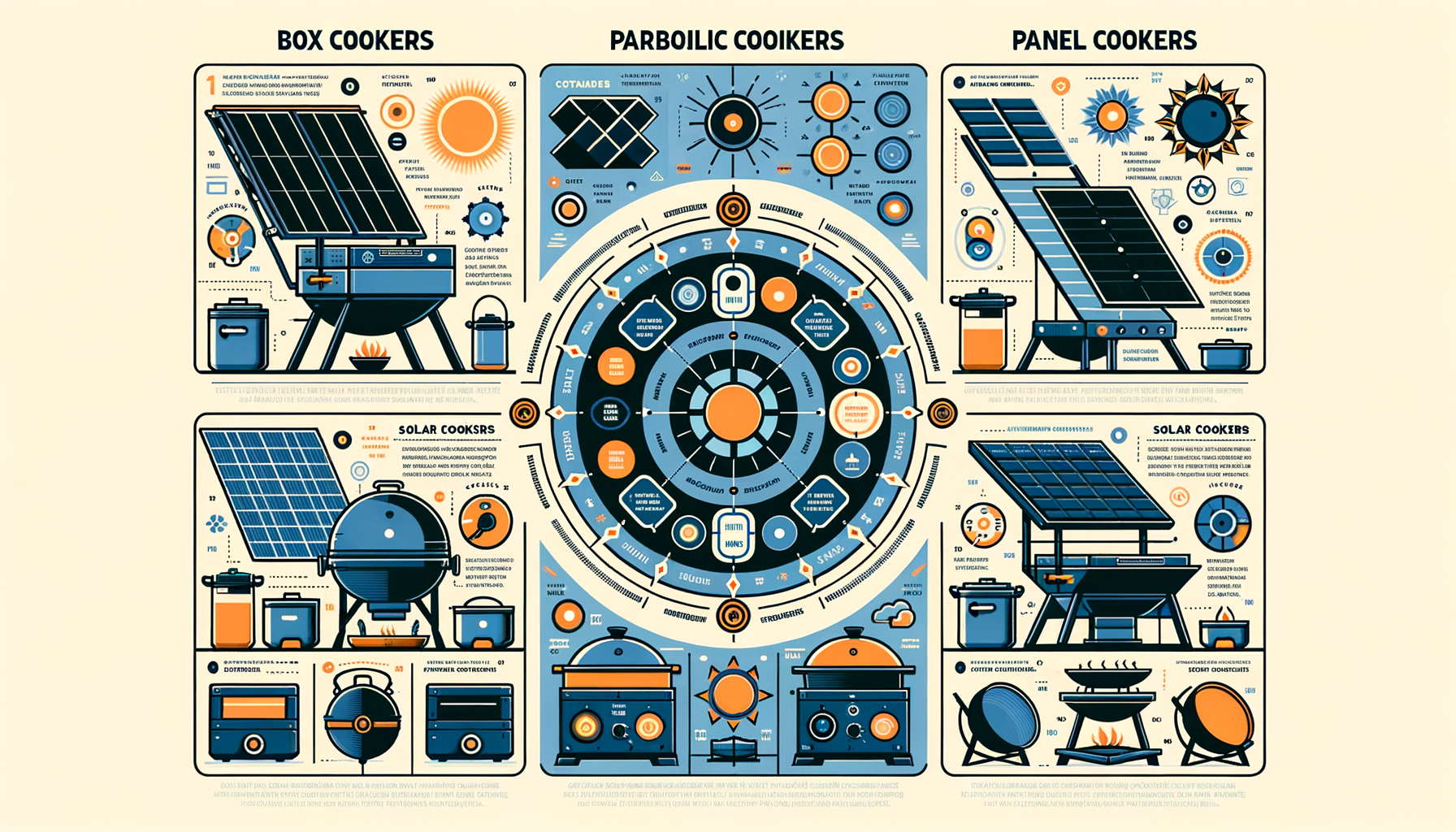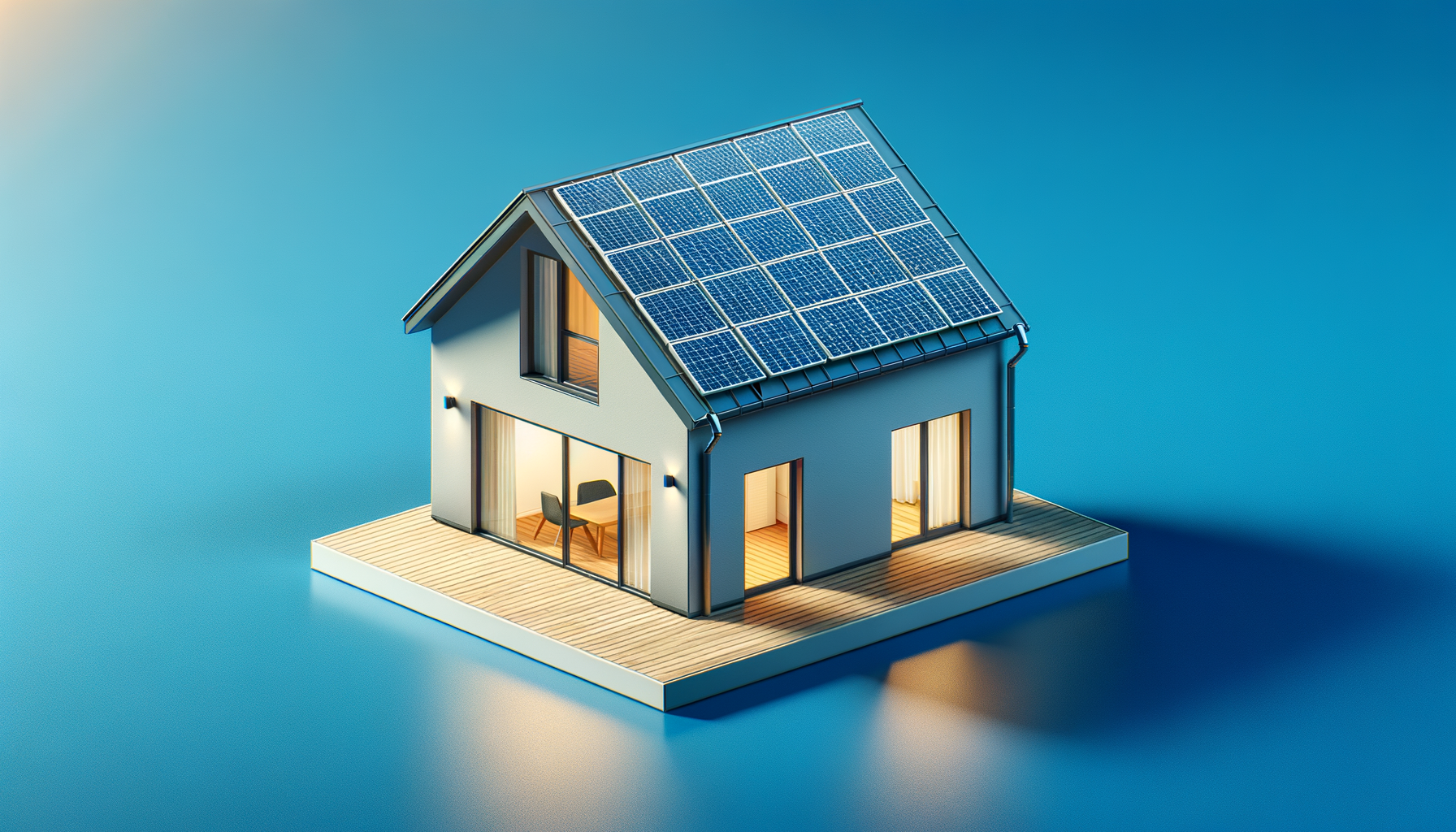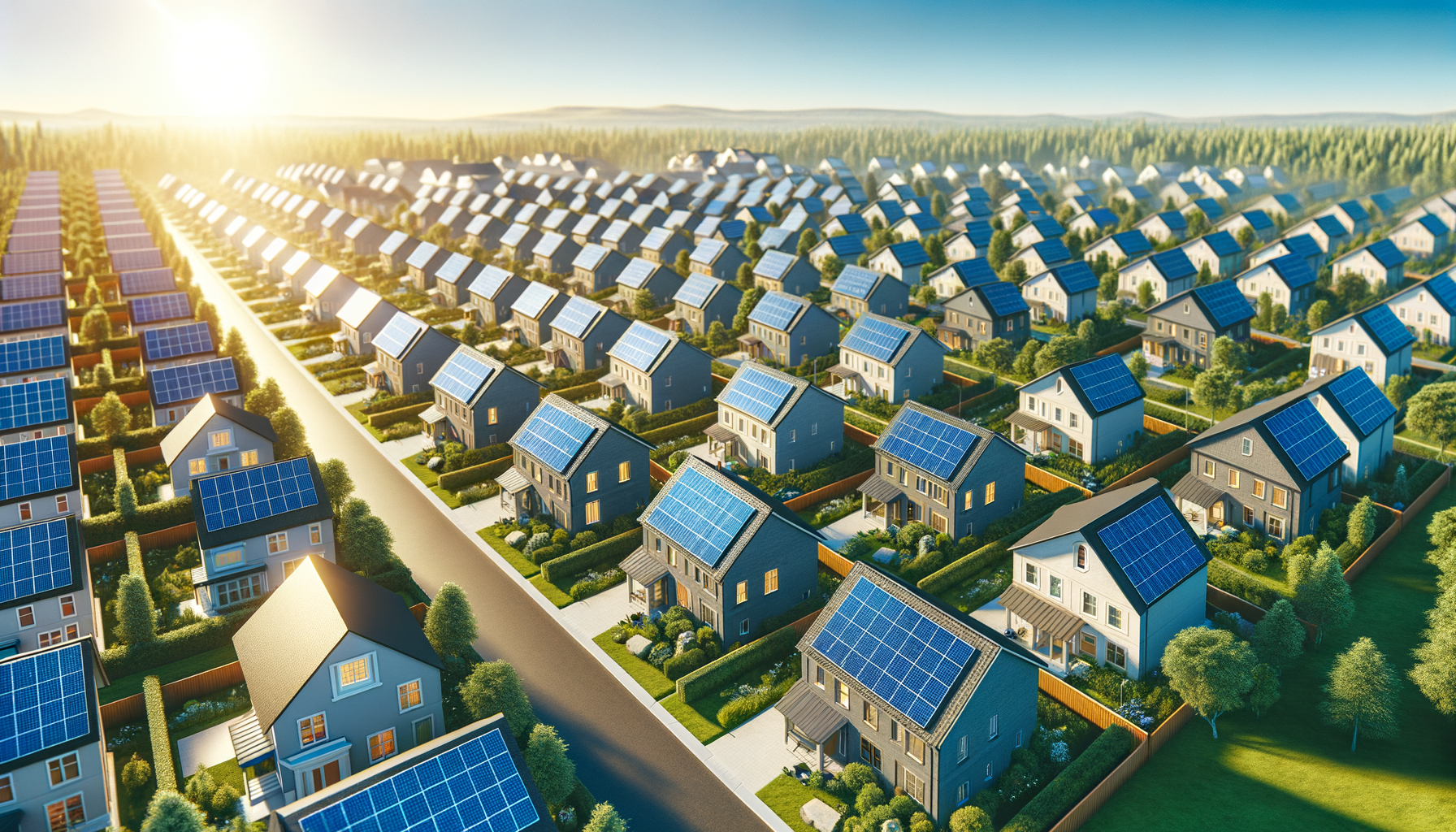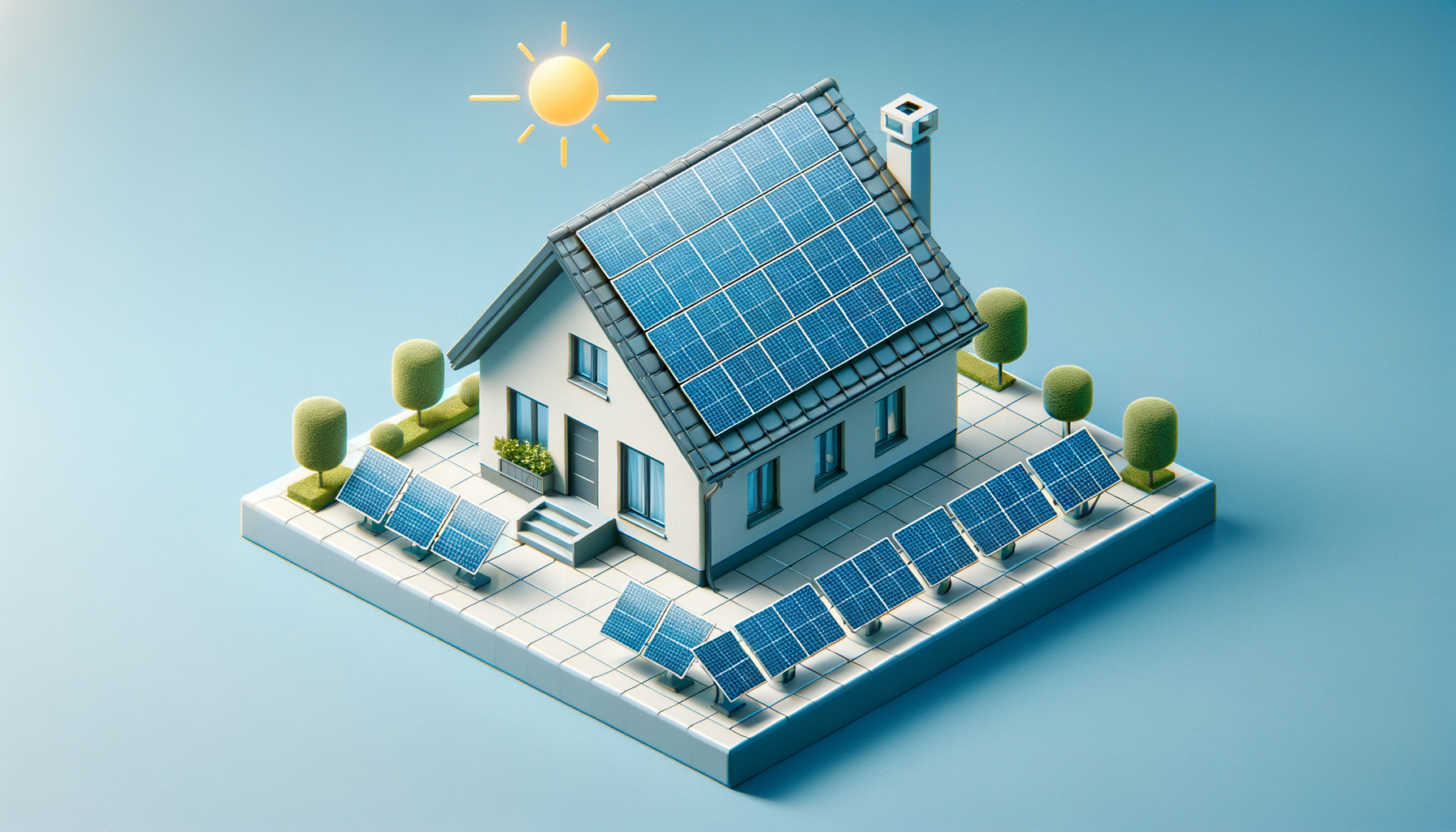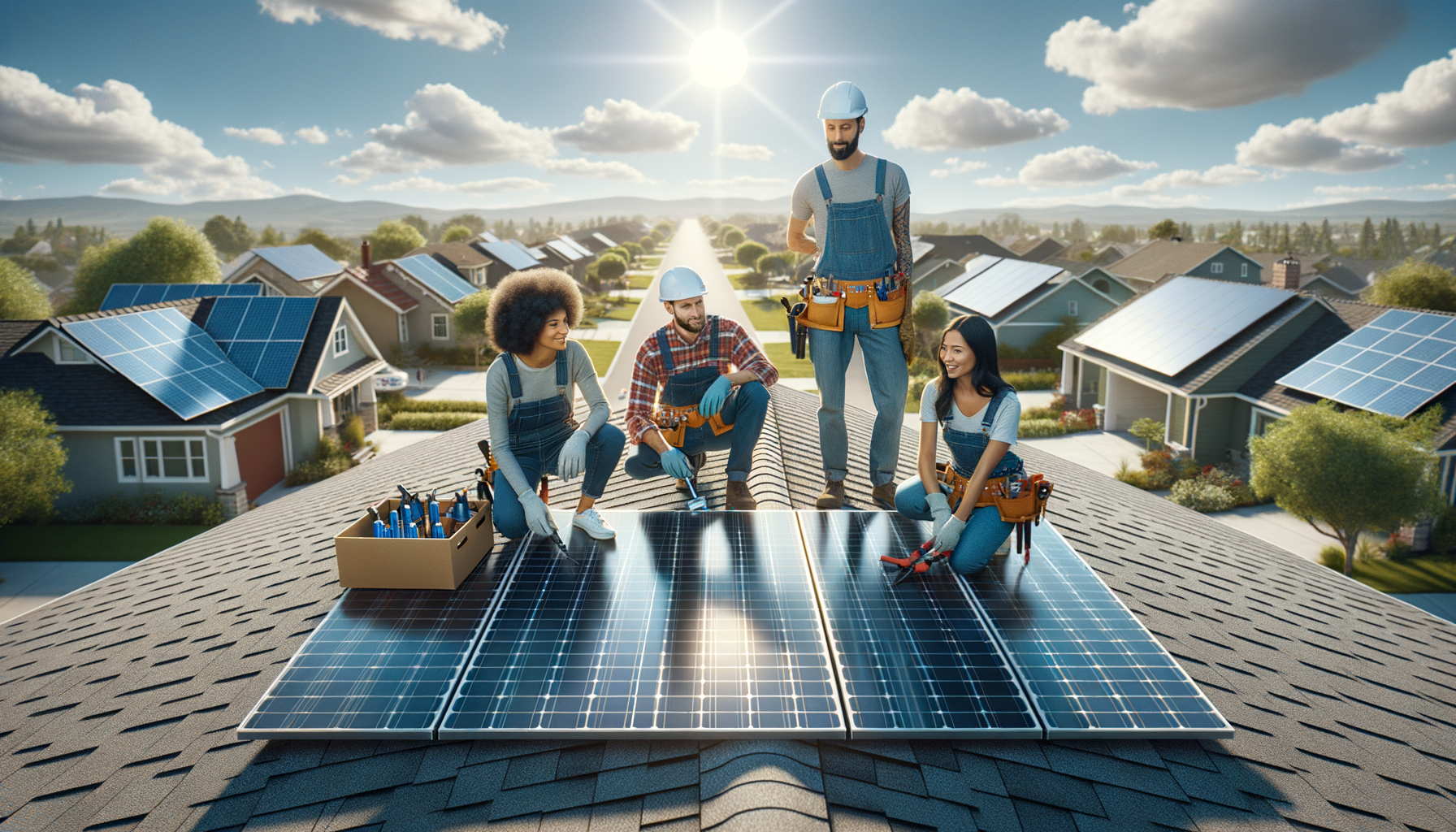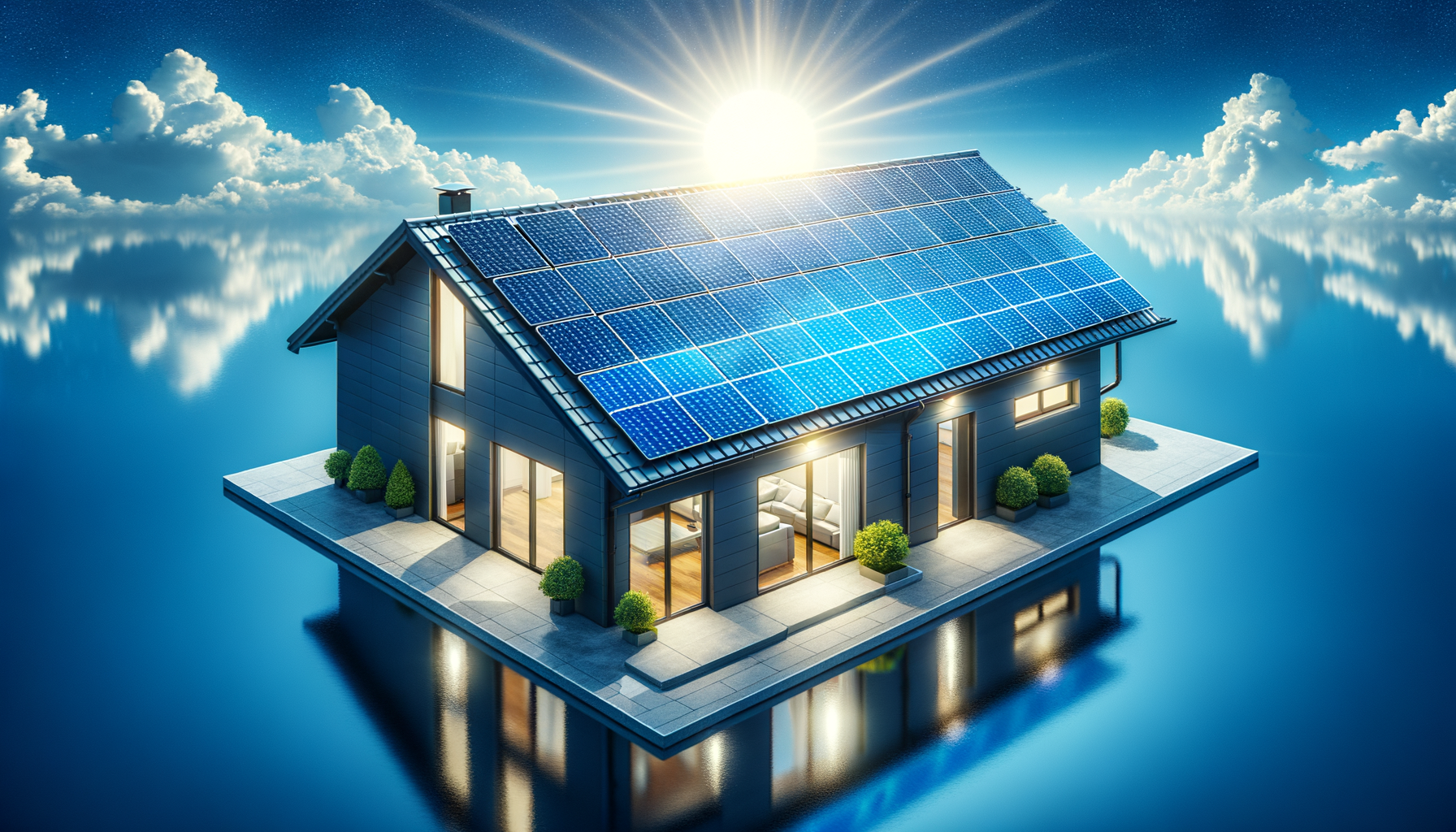Harness the Power of the Sun: A Guide to Creating Your Solar Energy Cooking Device
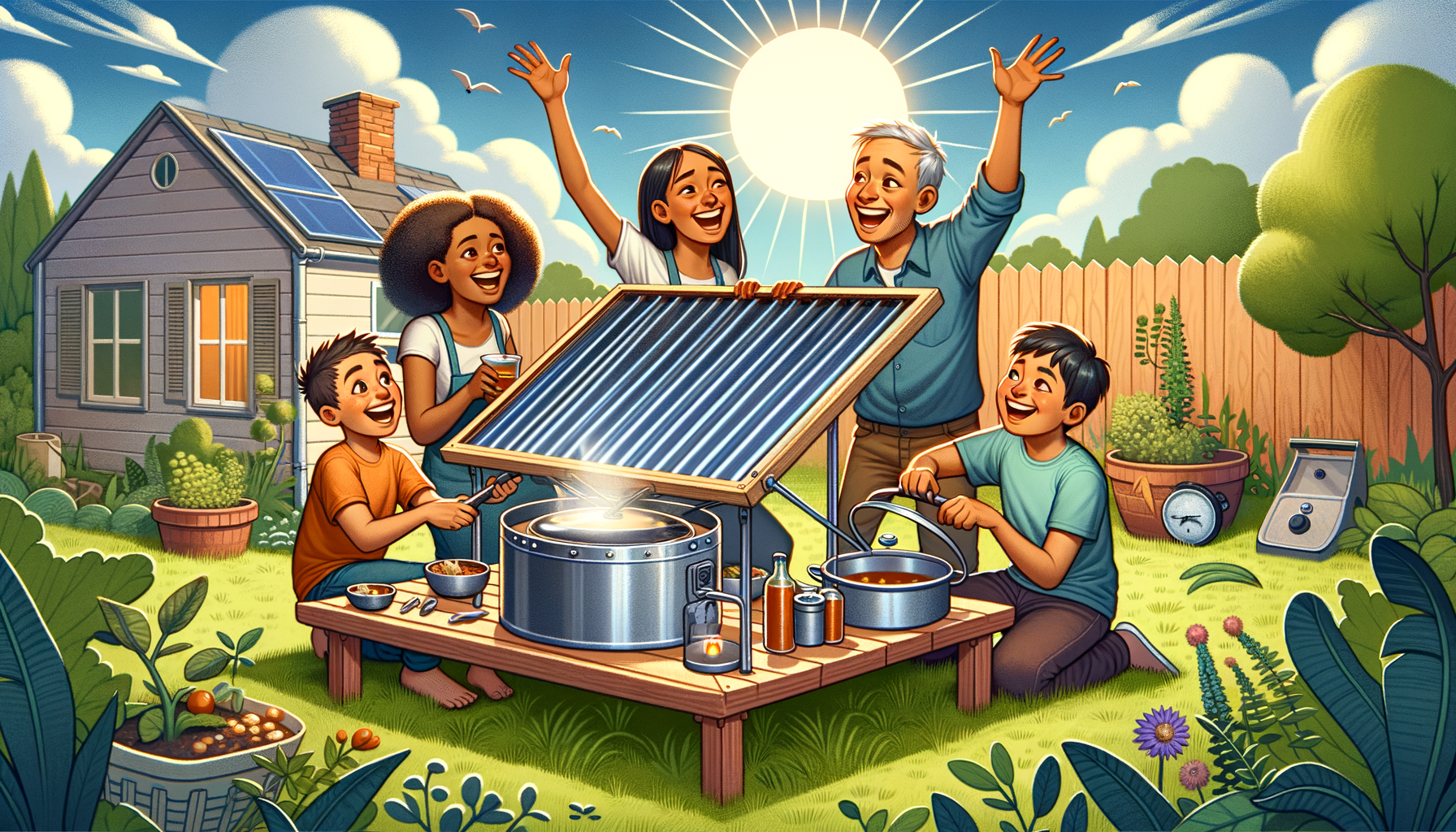
Updated 4 months ago
Harness the Power of the Sun: A Guide to Creating Your Solar Energy Cooking Device
Solar energy is a clean, inexhaustible, and increasingly affordable power source. One of the most delightful and practical applications of solar power is a solar cooking device. Whether you're a seasoned DIY enthusiast or a beginner looking to take on a new project, this guide will help you harness the power of the sun for your culinary adventures.
What is a Solar Cooker?
A solar cooker is a device that uses the sun's energy to heat and cook food. It's a simple but effective way to reduce reliance on conventional energy sources, cut costs, and enjoy the great outdoors. There are several types of solar cookers, ranging from the basic solar box cooker to more complex parabolic solar cookers.
Benefits of Solar Cooking
- Eco-Friendly: No fuel required, which means no emissions.
- Cost-Effective: Reduces energy bills and the need for expensive equipment.
- Versatile: Cooks a variety of foods including meats, grains, and vegetables.
- Fun and Educational: A great project for families and educational groups looking to learn more about renewable energy.
Materials Needed
- Reflective material (aluminum foil, reflective mylar, or a mirror)
- Insulation (cardboard, wool, or foam)
- Transparent cover (oven bag, glass or clear plastic)
- Adhesives (tape or glue)
- Black cookware (for better heat absorption)
- Ruler, cutter, and marker pens
Building a Basic Solar Box Cooker
-
Construct the Box: Use the cardboard to create a box with a lid. Make sure the box is deep enough to hold your black cookware and tight enough to prevent heat loss.
-
Insulate: Line the inside of the box with insulation to retain heat.
-
Add Reflective Surfaces: Cover the inner sides and bottom of the box with reflective material to direct sunlight onto the cookware.
-
Prepare the Lid: Create a double-layered lid. The inner layer will be solid and reflective, while the outer layer needs to be transparent to let sunlight in.
-
Seal it Off: Ensure all parts are securely attached and seal any gaps with clear tape or glue to trap the heat inside.
-
Set Up: Angle the cookers with the sun, preheat it, place the food inside your black cookware, and let the solar magic happen!
Tips for Solar Cooking
- Best Weather: Solar cooking is most effective on bright, sunny days.
- Time Management: Allow more time than conventional cooking; solar can be slower but it's worth the wait.
- Safety First: Be cautious, the cooker can get very hot.
Solar cooking is not just a DIY project; it's an investment in sustainability.
Advantages of Homemade Solar Cookers
- Customizable: Design your cooker to fit your needs and preferences.
- Resourceful: Utilizes everyday items and encourages recycling.
- Affordable: Most materials can be found at home or purchased for little cost.
Incorporate a Sustainable Lifestyle
Solar cooking goes beyond just preparing meals; it’s embracing an eco-conscious lifestyle by reducing your carbon footprint. It's about innovation, education, and joining a community of like-minded individuals passionate about sustainability.
Conclusion
Building a solar energy cooking device is an enjoyable way to engage with renewable energy and cook your meals in a fun, sustainable, and cost-effective way. While the project itself can be a rewarding experience, the real joy comes from using the power of the sun to create your meals.
Embark on your journey of sustainable cooking today!

Further Reading
- The Science of Solar: Understand the physics behind how solar cookers work.
- Global Influence: See how solar cooking is making an impact in developing countries.
- Advanced Designs: Learn about different models and find plans for more advanced solar cookers.
- Solar Communities: Connect with others who have a passion for solar cooking.
Remember, every small change contributes to a bigger impact on the environment. Thank you for taking the first step towards a sustainable future.
